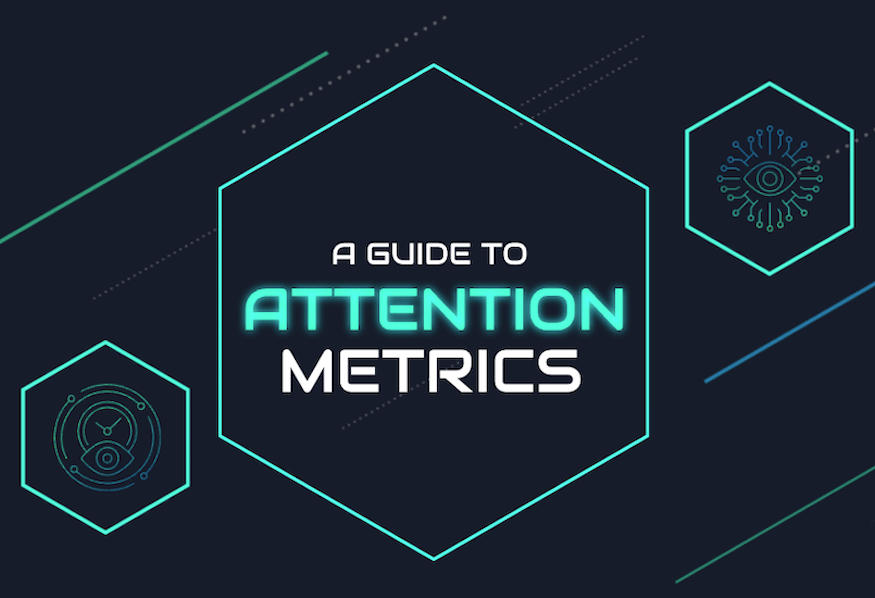Short video messages between six and 15 seconds are playing an increasingly important role in marketing, especially when advertisers leverage omnichannel strategies. They help increase brand lift, recall, and intent to purchase.
In a study by Facebook, six-second ads delivered an 11% increase in estimated ad recall, a 12% increase in return on ad spend, and a 271% increase in video completion rate over 30-second ads.
Further research from Google and Freewheel also highlights that advertisers can reach and influence consumers who are increasingly engaging with media by leveraging shorter video formats on mobile devices.
Fortunately for marketers, it's getting easier to integrate short-form video into current media strategies and capture those all-important moments of consumer attention thanks to advancements in programmatic advertising.
Many uses
Short-form videos can be leveraged for a variety of campaign objectives, including:
- Increasing reach – finding audiences (such as millennials or Generation Z) that may be less accessible in other formats.
- Reinforcing branding and messaging to consumers who have previously been exposed to messaging on other screens.
- Creating sequenced stories across those screens to help guide consumers along the journey from awareness to consideration and intent.
- Delighting customers with less interruptive messages in shorter-form content environments.
- Increasing video completion rates and cutting down on abandonment, improving the cost-effectiveness of media budgets.
- Engaging consumers on the web and in-app. (Apps account for over 90% of internet time on smartphones, according to eMarketer.)
When used by themselves, short-form videos can be key drivers of awareness and intent. However, it is when they are deployed in concert with other channels as part of an omnichannel video strategy that they become force-multipliers.
How is this accomplished? Here are four important best practices for managing short-form video as part of an omnichannel video strategy:
1. Think mobile
Advertisers need to reach people where they are most active and engaged. 77% of Americans own a smartphone and will spend an average of three hours per day on their device. For one in five Americans, their smartphone is their only access to the internet, and people who only access the internet through their mobile device are significantly more active online than those who access it through a desktop device, according to Pew Research.
Unsurprisingly, consumers prefer that any interruptions on mobile screens are short.
2. Leverage new technology
Consumers accept longer ads in long-form programming on desktop and connected TV players. Marketers are using that to their advantage by sequencing longer ads with short-form video insertions on smaller screens.
Because of advancements in technology (such as device graphs), we can make connections between the household and a connected device as well as with mobile IDs and cookies.
That allows us to understand who a user is across the devices they're leveraging and if a user has completed an ad on their connected TV. With that data, we could then retarget the user with a shorter, six-second ad on their mobile phone.
3. Think creatively
Pre-roll or interstitial messaging can include short-form videos combined with interactive elements that allow consumers to engage and learn more about the brand or to return to their media. Advertisers and consumers both win in this scenario, with interest-driven engagement and/or a full completion of the ad.
The Google research shows that six-second videos effectively tell stories while positively engaging consumers. This is especially true when a story is created to be told in sequence across both long- and short-form media.
Advertisers can now also leverage programmatic creative with short-form videos, targeting chosen segments with the creative elements proven to be most effective.
4. Test and iterate
Marketers can use six-second videos to drive toward desired business outcomes, shifting budget to the areas that work as learnings increase. We encourage a "test-and-learn" mindset to capture new opportunities, while using budgets effectively in the new technologies.
As technologies evolve, the strategies with which advertisers go to market should evolve with them. To achieve the best outcomes, we must work with clear goals and sound strategy. We must also maintain a progressive perspective that responds to consumer behavior. This is best accomplished through constant vigilance and a commitment to flexibility as market conditions change.




